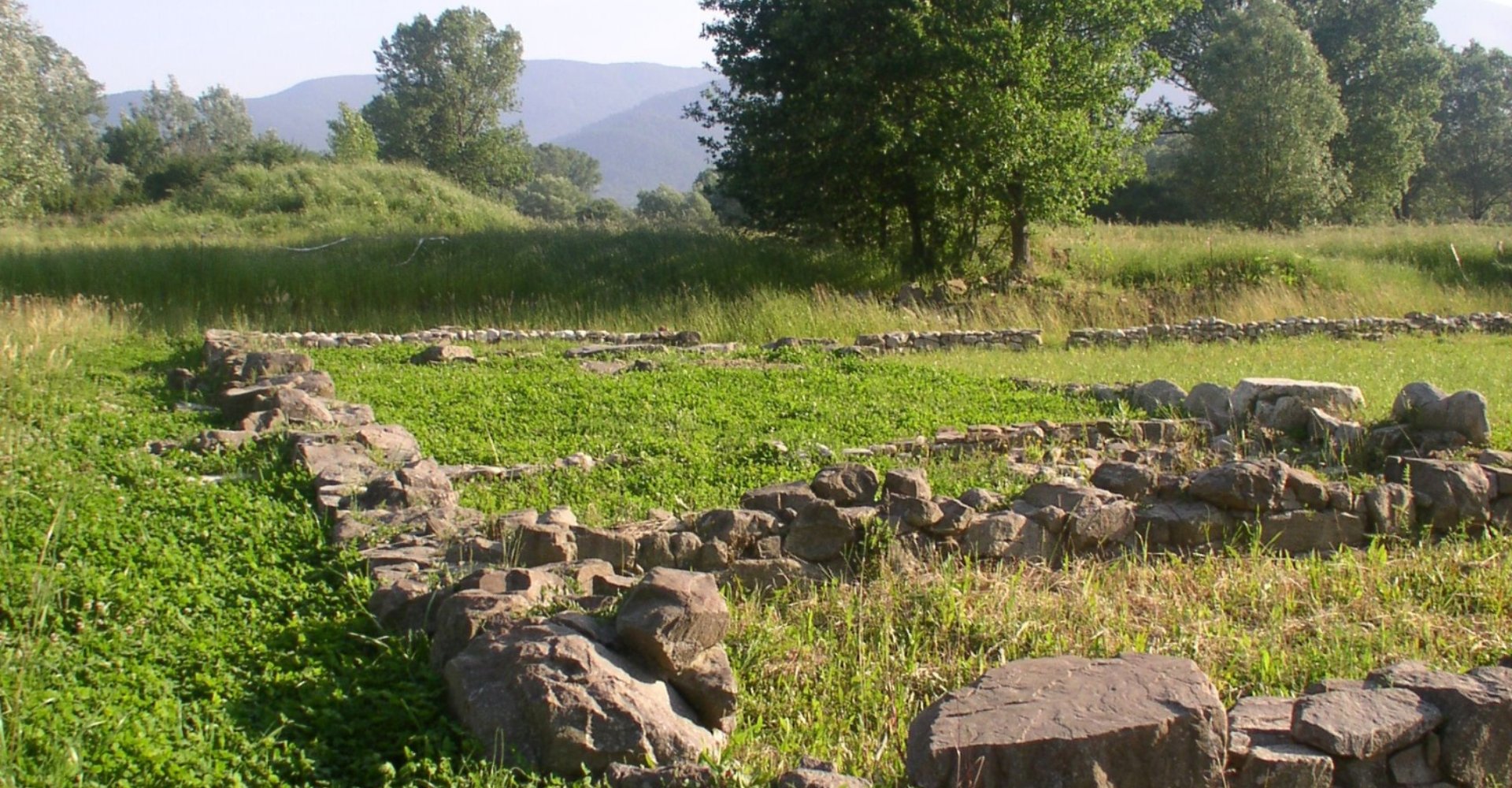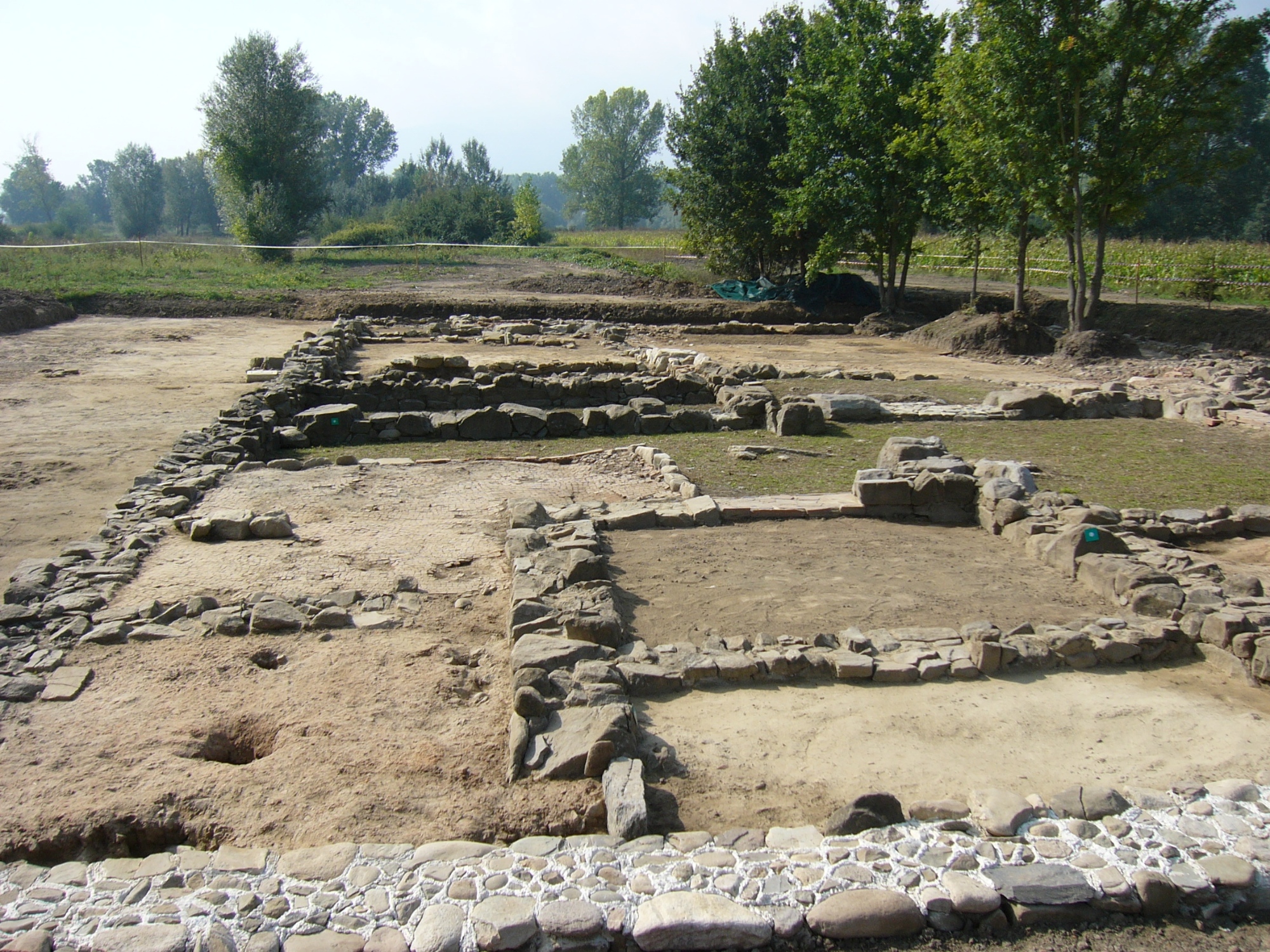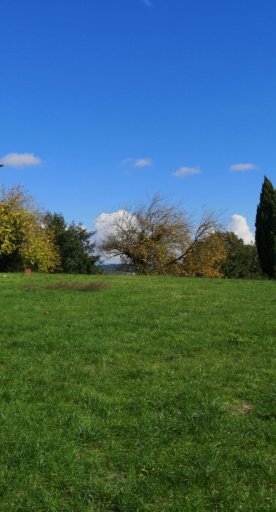
Archaeological Area of Fossa Nera
A mine of information on the ancient history of the Piana di Lucca
The archaeological area of Fossa Nera is a place of great historical interest because it contains remains belonging to different eras: a village dating back to the Bronze Age, ruins of ancient Etruscan dwellings and two Roman settlements. This important archaeological site is located in Porcari, in an area called “Piana delle cento fattorie romane” situated between Mount Pisano, the Cerbaie Hills and the Pizzorne Plateau.
The archaeological material regarding the Bronze Age settlement comprises vases and bowls of various shapes, a wide variety of finds of terracotta, cups and jars. This material also includes artefacts: a finely decorated brooch, a torque (ancient neck ornament) with decoration, a small engraved plait stopper, a fragment of a fibula and a radial circle.
The finds dating to the phase of the Etruscan settlement, around 500 BC, are fragments of red figure ceramics, traces of Etruscan houses, ceramic cups and fragments, fragments of Ionian-Marseillaise amphorae and pieces of grey stone extracted from the Phlegrean Mountains. All these findings have allowed to rebuild the central role of the settlement within the scope of maritime trade.
The Roman settlement phase is divided into two sections, Fossa Nera A and Fossa Nera B.
Of the Roman farm called Fossa Nera A, dating back to between 170 and 150 BC the layout and the various rooms were rebuilt with a central courtyard, a fauces (entrance) to the east and a zone for pressing grapes and the production of wine intended for Rome. There was also a well, built in a second phase, that is also evidence of cereal growing.
The farm of Fossa Nera B dates to the Late-Republican period (200-175 BC). The layout presents a northern body for residential use and a southern operational sector with traces of chambers used for wine production and barns. After a restructuring phase (30 BC), it was abandoned around 100 AD. The structure, position and buttresses along the walls suggest it was a fortified farm, with a productive and military role.

Routes have been set up for those who wish to view the site, while the finds are housed in the National Museum of Villa Guinigi in Lucca and on display in the Permanent Archaeological Exhibition in the Library of Porcari.



